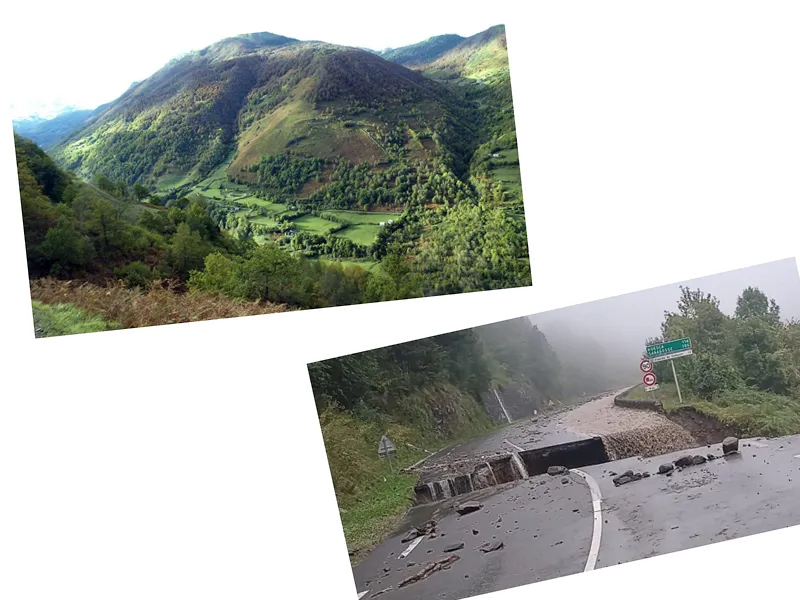The flooding situation in Spain is a direct consequence of both extreme weather conditions and inadequate urban planning, particularly regarding parking infrastructure.
The high number of fatalities and missing persons indicates a significant failure in emergency preparedness and response to natural disasters.
This disaster serves as a wake-up call for Spanish authorities to prioritize sustainable urban development and enhance infrastructure resilience against climate change.
As climate change continues to influence weather patterns, Spain may face more frequent and severe flooding events, necessitating urgent reforms in urban planning and emergency response protocols.
The ongoing recovery efforts may reveal systemic issues in infrastructure that could lead to policy changes regarding urban development and disaster preparedness.
Increased public awareness and advocacy for better urban design may emerge as a result of this disaster, pushing authorities to take action against parking crises and improve overall city resilience.
Heavy rain and strong winds have hit southern and eastern Spain, causing deadly flooding in regions such as Valencia and Andalusia. The storms, which began earlier this week, have led to significant chaos and destruction, with reports indicating that the death toll has reached 95, and many people remain missing as rescue operations continue.
The flooding has been exacerbated by a chronic parking crisis in Spain. Due to a lack of designated parking spaces, drivers often park their cars in additional rows, which has contributed to the chaos as many of these vehicles were swept away by the floods, clogging streets and complicating rescue efforts.
Authorities' laxity in addressing the parking situation, along with the urgent need for improved urban infrastructure to cope with extreme weather events, has been highlighted as a critical issue. As climate change leads to more frequent severe weather, this disaster underscores the importance of proactive measures in urban planning.





